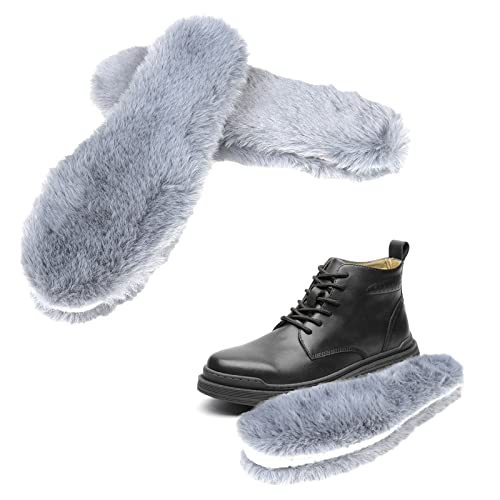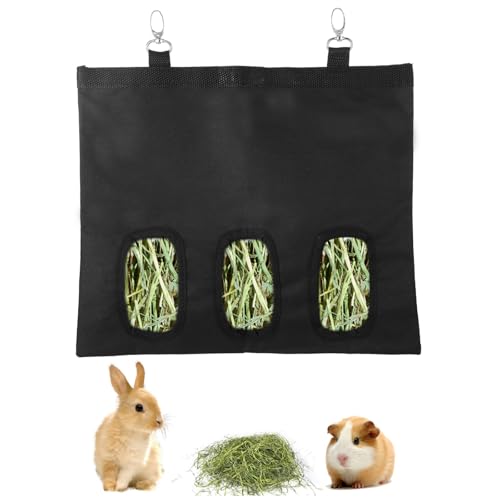NannersMom
Member
Hi, we adopted a bunny, Nanners, who came into our yard a couple of years ago. I came onto this forum b/c there was a discussion about New Zealand rabbits' eye color. Nanners is a white bunny with dark gray eyes. I read somewhere that New Zealand whites can only have red eyes, so I'm guessing he is not a New Zealand. Maybe he is a Vienna rabbit that is old and that is why his eyes are so dark. But I noticed that Vienna rabbits have short ears and Nanners' ears are long. His body is like a New Zealand, but his eyes are not. Here are some pictures and a video of him.










































